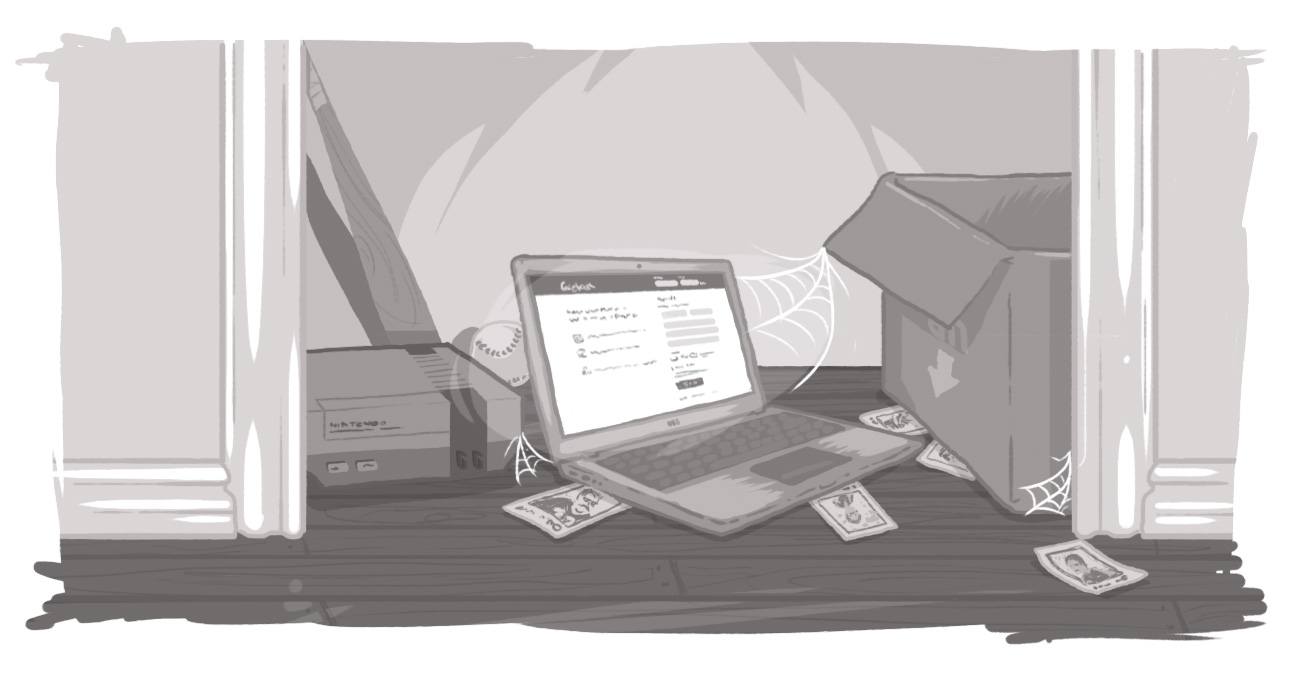'Spring' Cleaning for Content - Focus on TRUST-worthiness

What to keep? What to purge? When it comes to content, the best way to evaluate is to review whether or not your content is TRUST-worthy.
It may be a little early for Spring Cleaning, but it's never too early to re-evaluate your content. Your web presence often starts as tight-knit, focused, and filled with targetted content. But as the years go on, more content is added, other content is forgotten, and information changes.
Most times, it's not a big deal. In some cases, though, it can be dangerous. If you're dealing with health and wellness information, for example, out-of-date information can be misleading at best -- and actually counterproductive and harmful at worst.
It can't hurt to do an content evaluation or audit from time to time. But how do you assess content quickly? Or, better yet, how do you empower a team to go through each section of your site to evaluate and make decisions?
It's all about assessing TRUST: Timely, Relevant, Understandable, Significant, and Targetted.
Timely
Is the information up-to-date and current? Is there another item that came after that may present this content better? If the information is good, there's no need to rewrite it, but you may want to repurpose it or draw new attention to it. For example, legacy content that still has an application today can be called out in a social media post, or referenced in a blog post.
Relevant
Does the information still matter to your users? If so, does it still matter in sufficient fashion to warrant its presence in its current format?
At the turn of 2003, SARS was the biggest story in Canadian medicine; today, you'd be hard pressed to find someone who feels it's one of Canada's top-100 medical concerns.
Content that is no longer relevant doesn't necessarily have to be deleted, though. Archiving or compiling it into secondary pages may be an option for information that may return to the public interest or have value in archival purposes.
Understandable
Will the average reader be able to quickly -- and the key word is quickly -- scan the content and understand the key messages? If it doesn't pass that test immediately, can it be reworked into something useable?
Density of content can also be an issue, especially on-line. Large blocks of text, while possibly containing all valuable content, can be daunting for a casual reader -- and discouraging for those accessing it on mobile devices. This can also be an issue for Search Engine Optimization and difficulty in finding content.
During the review, determine whether the content is valuable but needs to be broken down into bullet points, infographics, or multiple articles. A lengthy article can easily become the motivation for a series of news items, blog posts, or content for use in conjunction with your social media efforts.
Significant
Do people care about this content? Is it still worth worrying about?
This is a tough one to measure. Statistics can help and page views tend to be people's go-to stat due to the fact that you can review to see what kind of traffic your site is receiving for specific pages.
However, just because something isn't being accessed doesn't mean it doesn't have significance. Perhaps the content is buried; perhaps its misidentified so that people searching for it can't find it using intuitive terms.
If there's something that meets the higher standards of the aforementioned Timely, Relevant, and Understandable, but is not receiving the traffic that your reviewer feels it should be receiving, then it may be an opportunity to look at how that content can be repurposed, presented in another area, or changed to more user-friendly language.
Targetted
Is this proprietary information? Is it something you created, using your resources and expertise? This type of content is often unique to your organization and has added value for your customers. These are in-demand pages and, as a result, should have a position of prominence going forward.
One of the key tenets of content curation is that you want to provide content that is relevant to your customer-base. You want your customer to find themselves reflected within your content. Part of that is include a local focus on your content.
Conclusion
How you assess and measure this collected information is up to you. You can do a simple Yes/No purge or try rating it on a scale. It all comes down to your resources and availability.
Although the Internet is pretty big, your site doesn't have to be a bottomless pit that swallows up every piece of content you've ever created. Focus on building TRUST-worthy content for today's customers and you can help stay on message and deliver that "What's in it for me?" value.
How do I audit my content?
SUBSCRIBE TO OUR E-NEWSLETTER
 Subscribe
Subscribe


